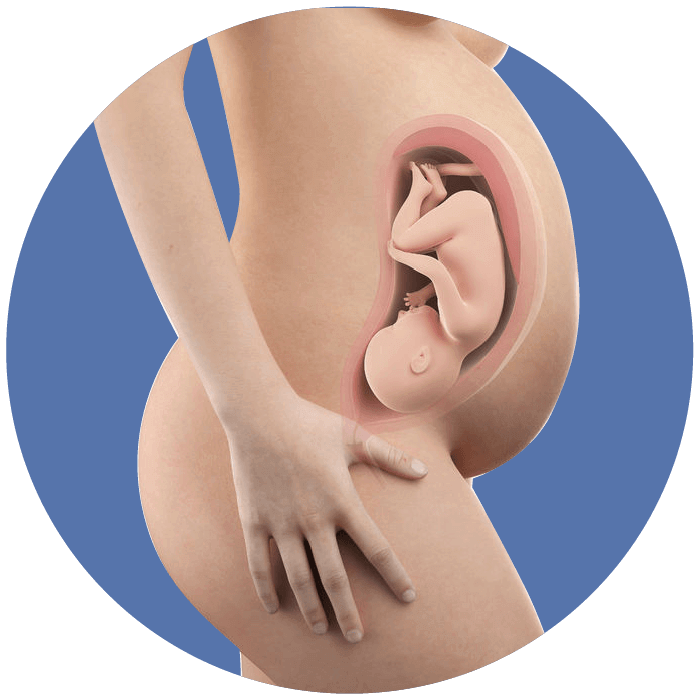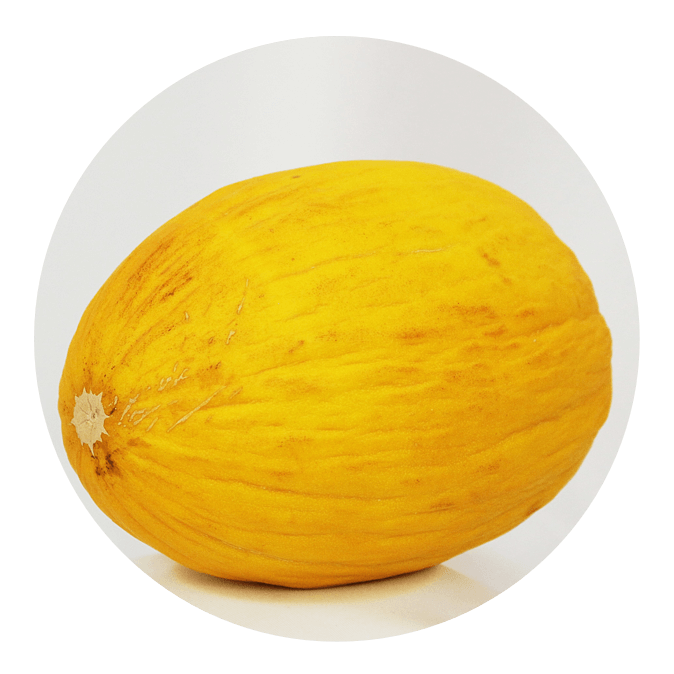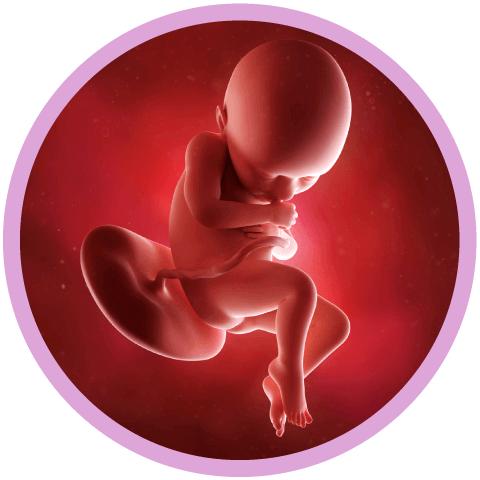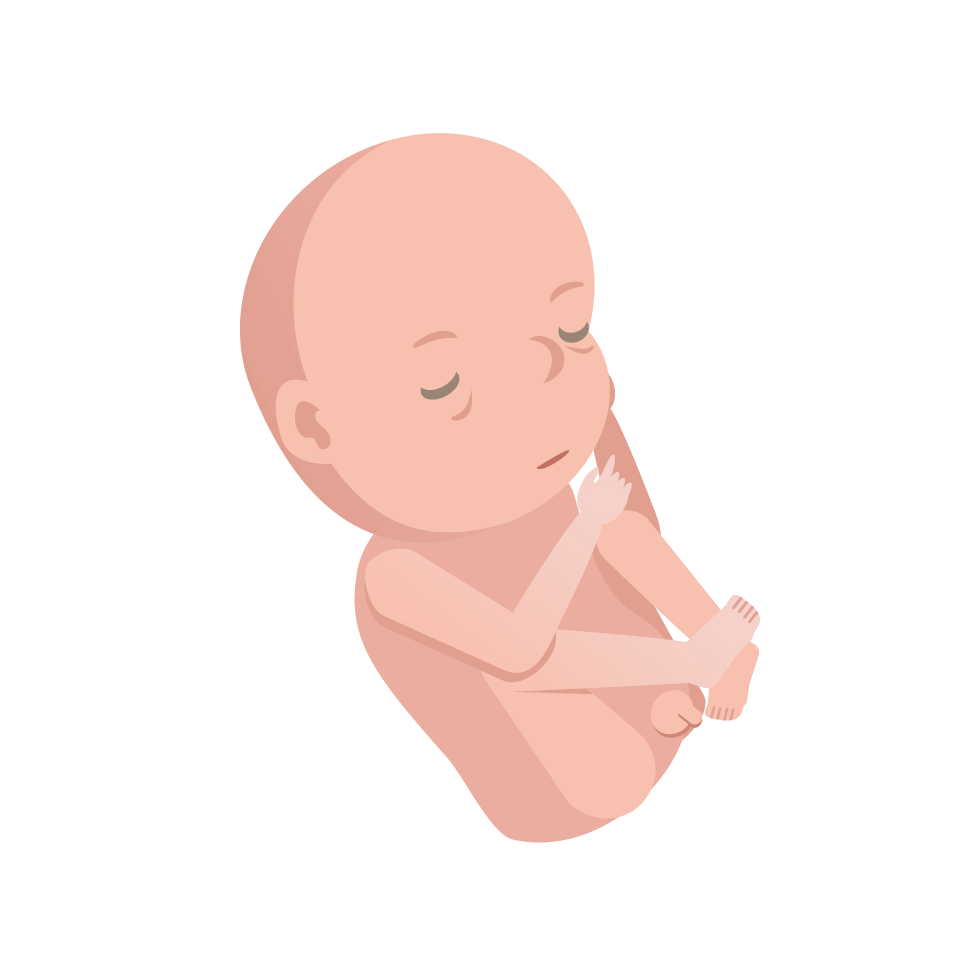
Days

the Size Of...


Measuring your trimester by Gestation is the most common method. This is most likely what your doctors will be referring to when they discuss your trimesters. Dates are calculated based on your Last Menstrual Period.
1 Starts
2 Starts
3 Starts
Trimester
1 Starts
Trimester
2 Starts
Trimester
3 Starts
Around week 36 your baby's head enters your pelvis, this is known as 'engagement'. You may notice a change in your abdomen - the baby does not sit as high under your ribs, or that your belly is protruding a little further. This can happen gradually or quickly. Some women are unaware until their midwife/doctor tells them. It's a good indication that everything is going to plan and that your pelvis is a good size for the baby.
Rapid weight gain - your baby will gain just over half a pound (235 g) this week. Fat is continuing to develop under your baby's skin, and is responsible for providing energy and regulating body temperature. Fat deposits also change the appearance of the skin, making it pinker (rather than red) and less wrinkled.
Your baby's skull remains soft until after birth, allowing them to squeeze through the birth canal.
This week you may notice a change in your baby's movements as your baby has less room to move now, and won’t be rolling over as often.
Other symptoms at 36 weeks include constipation, bloating and gas, heartburn, frequent urination, insomnia, itchy belly and swelling in the feet and ankles.
If you are planning to breastfeed, it's a good idea to attend a breastfeeding class if you can. Most breastfeeding mothers have a few difficulties in the early stages of establishing feeding, and reading about how to breastfeed id very different to seeing it done.
Missed what happened in your pregnancy last week? Go see...
Show Last WeekYour Pregnancy
Test Dates
Tests


